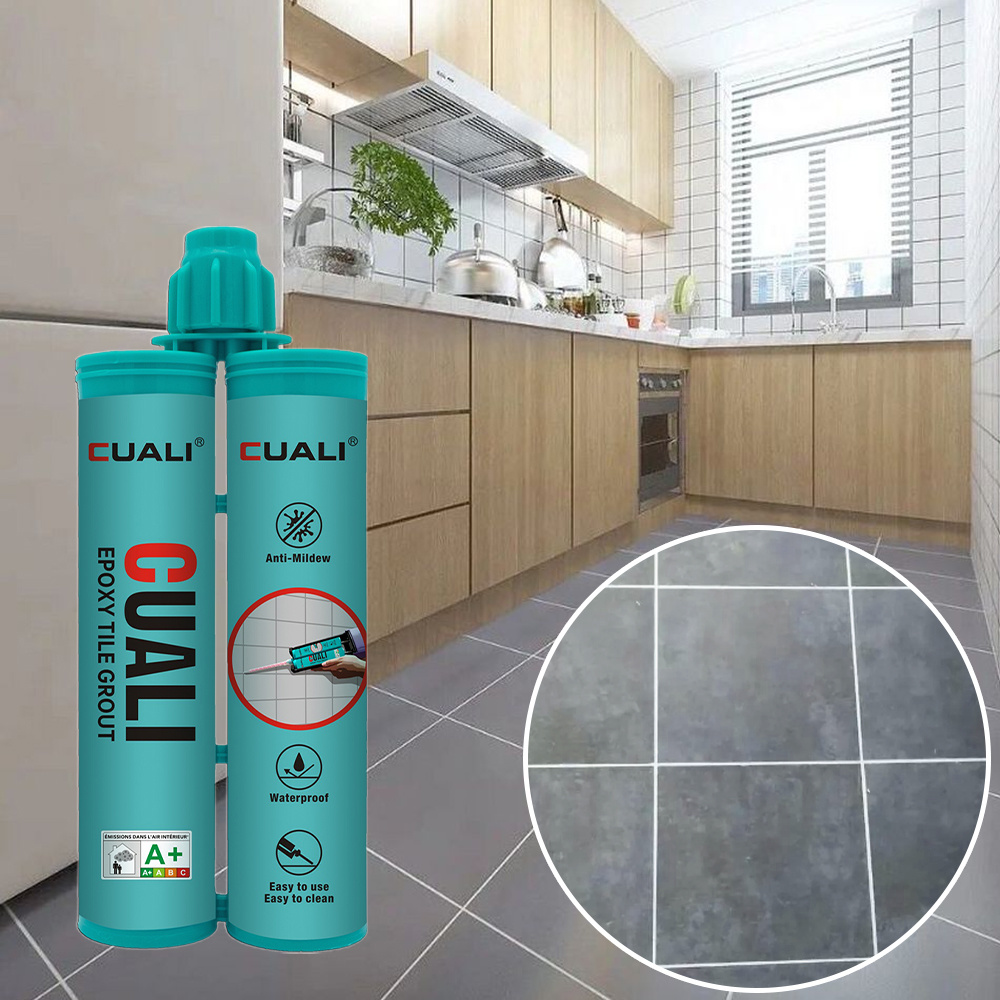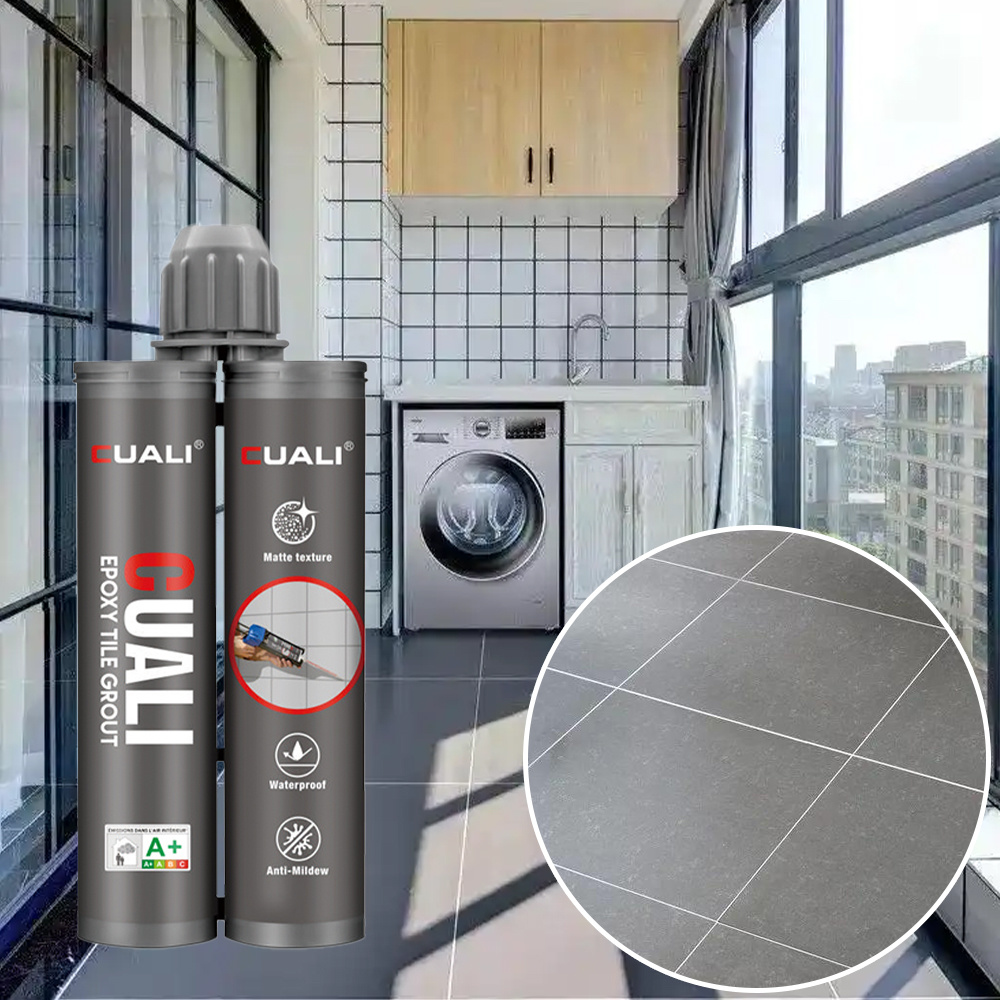
Why Do Tiles Need to Be Spaced? Is It Specifically for Grouting?
Many homeowners may have wondered: Why do tiles need to be spaced? Is it just to prepare for grouting?
In fact, when tiles are laid, there will always be gaps, whether wide or narrow. It’s precisely because of these gaps that tile grouting has become a common practice.
Tile spacing is mainly influenced by the following factors:
Thermal expansion and contraction of tiles
As temperature and humidity change, tiles and the cement mortar beneath them will expand or contract. To prevent tiles from bulging or cracking, a certain gap must be left.
Dimensional errors in tiles
Although tiles are produced mechanically, there are still slight dimensional errors during manufacturing. If tiles are laid tightly together, these edge errors will become obvious, resulting in uneven joints that affect the overall appearance.
Errors in tile installation
Achieving seamless tiling requires extremely high skills from installers. It’s impossible for even skilled workers to lay tiles perfectly without any errors. Without gaps, it’s hard to ensure straight joints, which disrupts the consistency of the tiled surface.
Facilitating tile replacement and repair
During installation or use, individual tiles may crack or get damaged. If there are no gaps, replacing a damaged tile will affect the adjacent ones. Thus, leaving gaps makes replacement easier.
Whether grouting is done or not, tile gaps are inevitable. Grouting helps beautify these gaps, so it’s very necessary.
To make subsequent grouting easier, homeowners can ask installers to leave a gap width of 2-3mm.
Summary:
This article explains why tiles need spacing, citing factors like thermal expansion, dimensional errors, installation inaccuracies, and ease of repair. It clarifies that gaps are inevitable regardless of grouting, and recommends a 2-3mm gap for easier grouting later.
Time:
2025-07-15
More News
